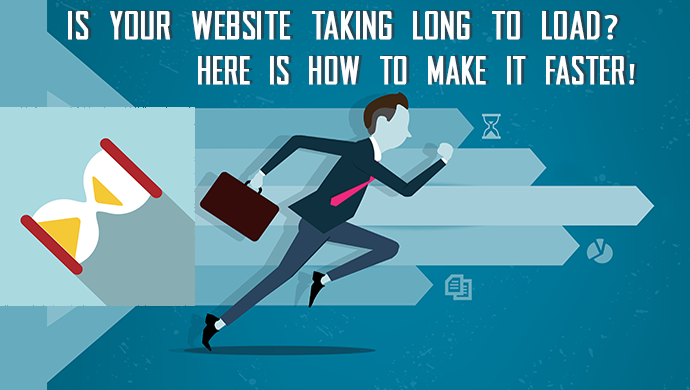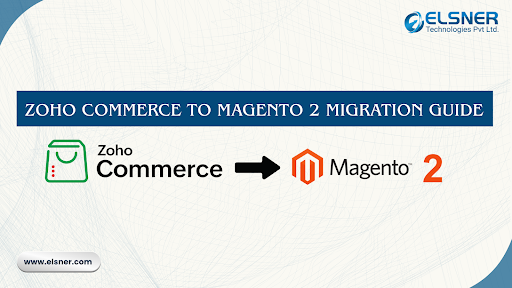Is Your Website taking Long to Load? Here is How to Make it Load Faster!
Sometimes you open your website and it may take some time to open. It is not a good sign for the website and especially for ecommerce websites developed with Magento development. Here, in this article, I have bought some ways to decrease your runtime loading and you will get your website to load faster.
Here are some ways to load your website faster.
1) Improve your hosting Plan
2) Your website HTTP requests
3) Upload Compressed images and Use thumbnails
4) Optimize JS and CSS files
5) Clean the unnecessary code from your HTML and JS files
6) Use the WordPress Plugins or Magento extensions for caching
7) Disable and Delete unused Plugins or Extensions
Here’s a quick guide to all the above points:
1) Improve your hosting Plan:
This is one of the simplest ways you can speed up your website: looking at your server.
2) Your website HTTP requests:
Sites are mainly slow because of too many (or too large) HTTP requests. When you understand HTTP requests, you can eliminate them more efficiently.
However, to see how many HTTP requests a page on your site makes, you can run a speed test on Pingdom.
3) Upload Compressed images and Use thumbnails:
Images stand as perfect example of how looks can be deluding in professional Web design. You may not realize how much space are they occupying while web designing. By compressing your images before adding them to your professional Web design, you can reduce/shrink a GIF or .JPEG image by up to half its original size, which can decrease loading time.
Compressing images will increase the efficiency of image data storage.
4) Optimize JS and CSS files:
There are two ways you can do this: minification and gzipping (or compression).
Optimising JS and CSS files will help to reduce the loading time.
5) Clean the unnecessary code from your HTML and JS files:
HTML text is without doubt, way more fast than graphic text. However, there are ways you can make it even more fast. Watch out for extraneous HTML coding – like spaces, unnecessary tags and even white space — that can increase the size of your files. Remember that less is more, and use defaults for tags or remove them wherever possible.
Remove unnecessary external scripts.
6) Use the WordPress plugins or Magento extensions for caching:
Page caching is when web pages store static files (like HTML documents and images), which allow visitors to access that page more quickly since the database does not have to retrieve each file every time there is a request.
The thing with caching, though, is that in most cases, it only works for repeat visitors. First-time site visitors won’t have the site cached yet since the page needs to load files at least once before it stores them.
If you’re a WordPress user, you can install a plugin to enable caching. Here are some popular caching plugins:
– W3 Total Cache
– WP Super Cache
If you’re not using WordPress, you can configure your site to cache at the server level.
7) Disable and Delete unused Plugins or Extensions:
Delete unused Plugins or Extensions and Themes into your website, as it may take space and loading background time in your website’s database.
Have you read our previous post on : Magento Security Patch SUPEE-9767 : Read Before Upgrading

About Author
Dipak Patil - Delivery Head & Partner Manager
Dipak is known for his ability to seamlessly manage and deliver top-notch projects. With a strong emphasis on quality and customer satisfaction, he has built a reputation for fostering strong client relationships. His leadership and dedication have been instrumental in guiding teams towards success, ensuring timely and effective delivery of services.




